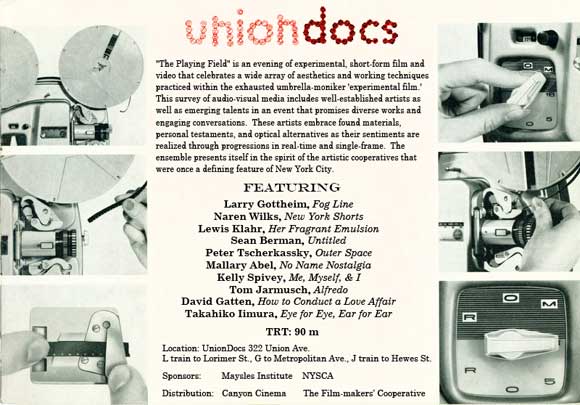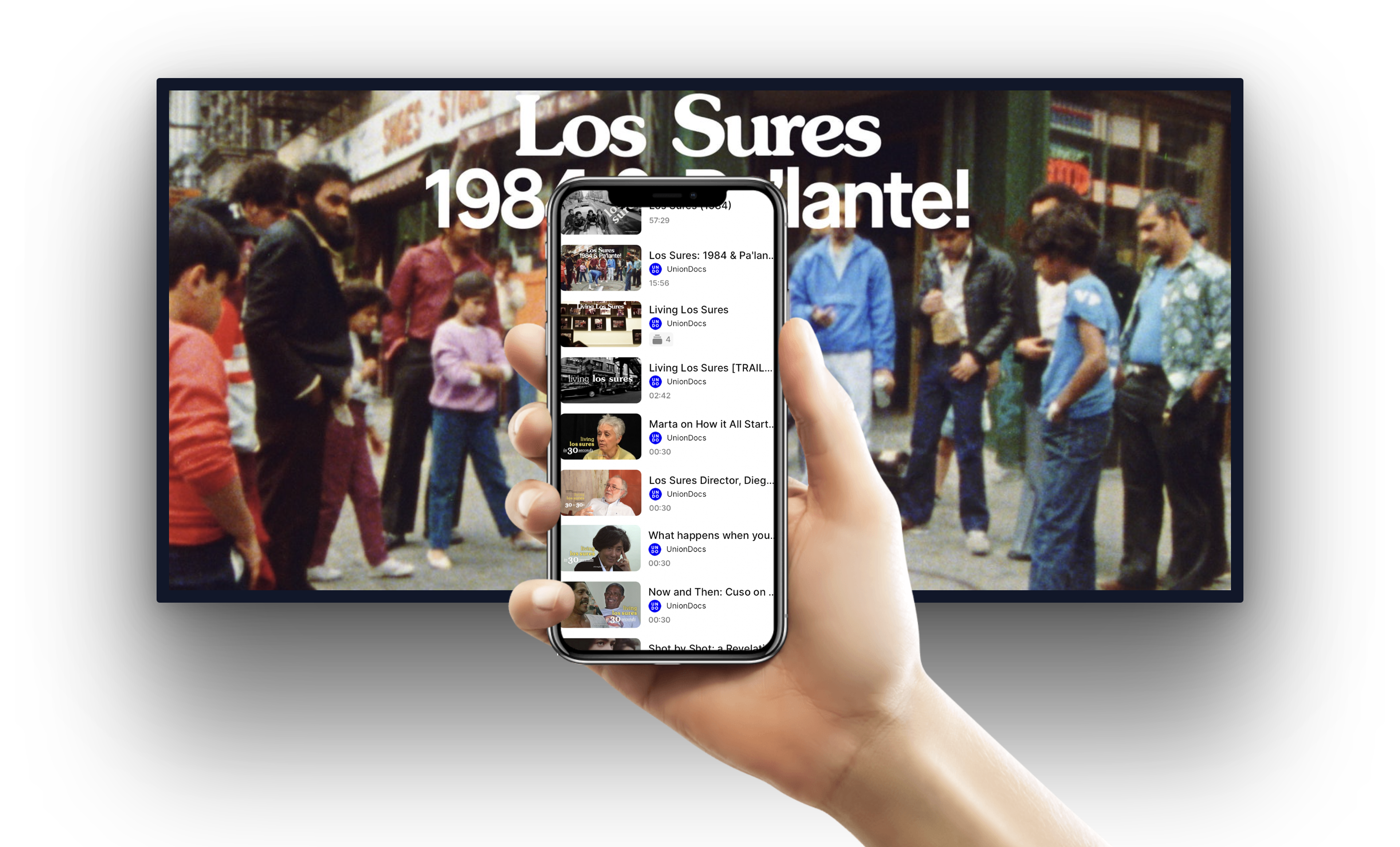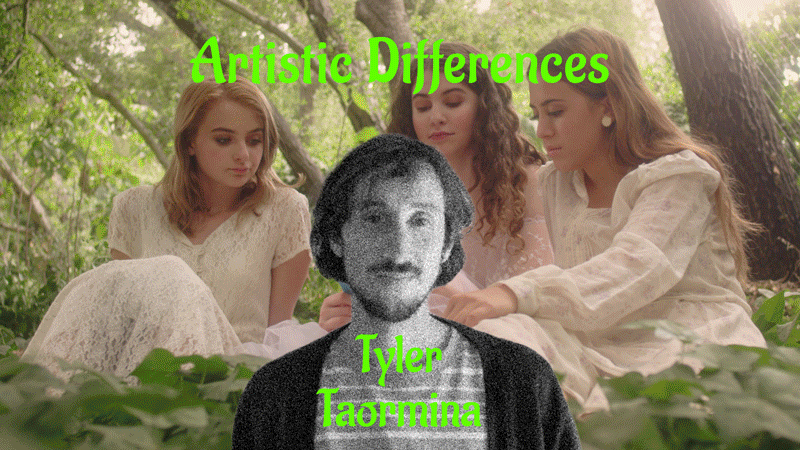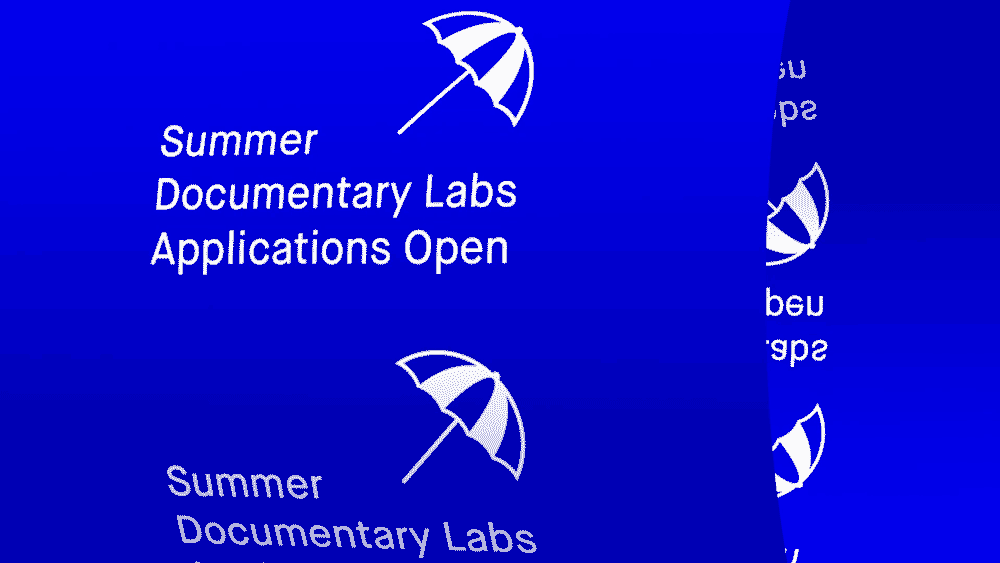“The Playing Field” is an evening of experimental, short-form film and video that celebrates a wide array of aesthetics and working techniques practiced within the exhausted umbrella-moniker ‘experimental film.’ This survey of audio-visual media includes well-established artists as well as emerging talents in an event that promises diverse works and engaging conversations. These artists embrace found materials, personal testaments, and optical alternatives as their sentiments are realized through progressions in real-time and single-frame. The ensemble presents itself in the spirit of the artistic cooperatives that were once a defining feature of New York City.
Curated with Lorenzo Gattorna and Peter Buntaine (New York(er) Shorts at Maysles Cinema), discussion with curators and artists Takahiko Iimura, Sean Berman, Tom Jarmusch, Kelly Spivey, Mallary Abel, moderated by experimental filmmaker Lynne Sachs. Drinks to follow the show.
Eye For Eye, Ear For Ear by Takahiko Iimura (Japan, 1966-70/2009, 23 mins)
Film Strips I and Film Strips II
When I came to the USA in the mid 1960s, it was the high point of the Hippie movement and the black riots. I lived in the East village in New York, which was a center of the former, and watched TV news of the latter often. These two films, Film Strips I and II, were taken from the scenes respectively, not as a documentary but as an inner report of mine, abstracted yet chaotic.(T.I.)
“the best work of Iimura’s middle period is characterized by increasingly formal concerns, concerns most effectively demonstrated by Film Strips I and II (1967-70). Film Strips II … resulted in an experience which is not only interesting visually, but which is implicitly a powerful record of a painful time and a warning about the future.”- Scott MacDonald (Afterimage, April, 1978) (The author of “Critical Cinema,” California Univ. Press)
Fog Line by Larry Gotheim (USA, 1970, 11 minutes, 16mm, color)
“FOG LINE is a wonderful piece of conceptual art, a stroke along that careful line between wit and wisdom – a melody in which literally every frame is different from every preceding frame (since the fog is always lifting) and the various elements of the composition – trees, animals, vegetation, sky, and, quite importantly, the emulsion, the grain of the film itself – continue to play off one another as do notes in a musical composition. The quality of the light – the tonality of the image itself – adds immeasurably to the mystery and excitement as the work unfolds, the fog lifting, the film running through the gate, the composition static yet the frameitself fluid, dynamic, magnificently kinetic.” – Raymond Foery
New York Shorts by Naren Wilks (UK, 2009, 3 minutes, video, b&w)
“Inspired by Godfrey Reggio’s Koyaanisqatsi, in which some of the scenes were shot in New York, I set out to interpret New York in my own way, using time lapse and animation. Each of these scenes depict a different observation that I made during my stay, and I was interested to explore how the structure of super-8 film could be used to complement the structure of the city.” – Naren Wilks
Her Fragrant Emulsion by Lewis Klahr (USA, 1987, 10.5 minutes, 16mm, color)
“HER FRAGRANT EMULSION is an obsessional homage to the 60’s B-film actress Mimsy Farmer. The film’s visceral collage images act as a metaphor for sensuality and move in and out of sync with the soundtrack to evoke the distancing and intimacy cycles that are common in love relationships.” – Lewis Klahr.
Reverse Afterbirth by Sean Berman (USA, 2009, 5 minutes, video, color)
“Please stand and applaud at the completion of this piece. Thankss.” – Sean Berman
Outer Space by Peter Tscherkassky (Austria, 1999, 10 minutes, 16mm, b&w)
“A young woman, night, an American feature film. She enters a house, a dark corridor, a thriller. While she forces her way into an unknown space together with the viewer, the cinematographic image-producing processes go off the rails. The rooms telescope into each other, become blurred, while the crackling of the cuts and the background noise – the sound of the film material itself – becomes louder and more penetrating.
The pace becomes frenetic, the woman is being pursued by invisible opponents, pushed against a mirror, walls of glass burst, furniture tilts and the cinematographic apparatus which the heroine begins to attack in blind fury also collapses. The images jump and stutter, the perforation holes tilt into the picture, the sound track implodes in a will o’ the wisp destruction scenario – something which only film can do so powerfully. In ten minutes OUTER SPACE races through the unsuspected possibilities of cinematographic errors – a masterpiece.” – Stephan Grissemann
No Name Nostalgia by Mallary Abel (USA, 2007, 3 minutes, color)
This found footage montage uses minimal images with sounds to express something personal regarding biology, femininity, and sexuality.
Me, Myself, & I by Kelly Spivey (USA, 2003, 3 minutes, 16mm, b&w)
“Me, Myself & I is a hand-processed, black and white 16mm film animation. Using paper dolls, magazine cutouts and vintage valentines, this film plays with ideas of metamorphoses, gender variance, narcissism and somewhat subliminally, President W. Bush.” – Kelly Spivey
Alfredo by Tom Jarmusch (USA, 2000, 8 minutes, video, b&w, silent)
“Alfredo is a 16mm black-and-white short that grew out of a firing range installation created by the conceptual artist Alfredo Martinez for the group show, “Quiet,” in Tribeca. Ostensibly a silent portrait of the artist, the film’s grainy, high-contrast montage of Martinez loading, shooting, stripping, and reassembling a frightening assortment of exotic, high-powered rifles and automatic pistols is implicitly mirrored by Jarmusch putting his own 16mm equipment through its paces. Images are over cranked, under cranked and then optically printed as freeze frames. By its climax, the film pointedly suggests a direct parallel between the violence and obsession of Martinez’ onscreen fetishism and the invasive, voyeuristic assault of the cinema camera.” – Bill Raden
How to Conduct a Love Affair by David Gatten (USA, 2007, 8 minutes, 16mm, silent)
“An unexpected letter leads to an unanticipated encounter. Some windows closed easily; other shadows remain locked rooms. Advice is sometimes easy to give, but often hard to follow. Have a cup of tea dear: I’ll trade you a stitch from the past in return for a leaf from the future. At once a Valentine for a friend and a section from the next installment of the Byrd project, this film is composed of words from a 1924 instructional text, close-ups of dried tea bags sewn together into a quilt and found objects that reflect light from the past and cast shadows on the future.” –David Gatten







